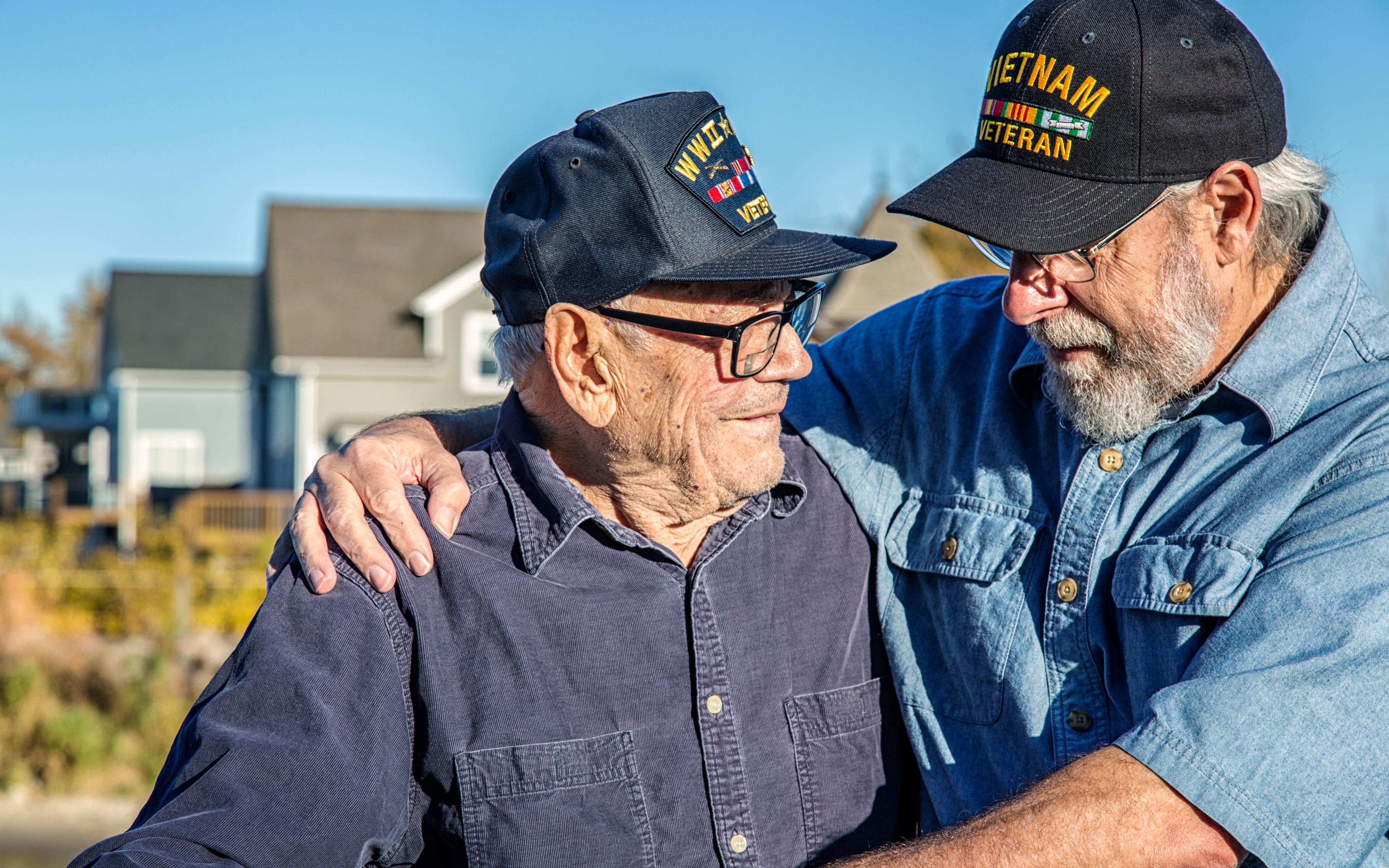What is the Importance of November 11?
Shandra Martinez
| 4 min read

Maybe you have an uncle who served in the Vietnam War, or a cousin who heads out one weekend a month for training with her National Guard unit. Through family, friends and neighbors, most of us have multiple connections to people who serve or have served proudly in our nation’s military.
So what is the importance of Nov. 11, and what does it have to do with military service? Veterans Day, a federal holiday, is marked each year on Nov. 11. On that day, we honor and thank all those who are currently or have been a part of our United States Armed Forces. It’s a special holiday that recognizes the skills and patriotism of a huge group of people who represent our country in times of war as well as during peacetime.
Which military members are among the U.S. Armed Forces?
Those honored on Veterans Days include all of our current and past members of the Armed Forces. These include those currently or formerly enlisted in the:
- Army
- Navy
- Air Force
- Marines
- Space Force
- Coast Guard
It also includes members of the Army National Guard and the Air National Guard, which are reserve groups that work under federal as well as state authority.
Military by the numbers
When we talk about U.S. veterans, this encompasses a large number of people of all ages, cultures and backgrounds. A recent survey showed there are 1.3 million active-duty military personnel in this country. There are also about 2.25 million retired military who are also honored as part of Veterans Day.
History of Veterans Day
Part of what makes Veterans Day such an interesting federal holiday is how its format has taken a few twists and turns over the decades. It started out with a completely different name. In 1919, it made its Nov. 11 debut as Armistice Day. It was meant to commemorate the eleventh hour of the eleventh day of the eleventh month in 1918 when World War I came to a halt with an armistice - a stop in the fighting - between Germany and the troops of the Allied nations, according to the U.S. Veterans Administration.
The war would officially end months later with the Treaty of Versailles. In 1919, President Woodrow Wilson proclaimed Nov. 11 to be Armistice Day. The idea was for work and business to stop around 11 a.m. on that day so there could be parades and a general recognition of pride for those who had served in The Great War.
Then, a few different things happened to impact the details surrounding the Nov. 11 date selection:
- By 1926, 27 states had already recognized Nov. 11 as a legal state holiday to commemorate the end of World War I.
- That same year, the U.S. Congress and the White House issued a joint resolution outlining Nov. 11 as a special day set aside to commemorate the end of the war with thanksgiving, prayer and peaceful activities.
- In 1938, Nov. 11 became the legal federal holiday, Armistice Day, to honor veterans of World War I.
- In 1954, with World War II in the history books, Congress replaced Armistice Day with the newly-named Veterans Day. It became a day to honor U.S. veterans.
- In 1968, a wrench was thrown into the federal holiday roundup. In an attempt to create three-day weekends for those in government jobs, federal officials announced they would be moving commemoration of Veterans Day and three other federal holidays to different Monday dates on the calendar.
- Oct. 25, 1971: The first Veterans Day was observed under the new federal holiday calendar. It caused confusion and was generally considered a poor move. Some states did not agree with this date-swapping and continued to observe Veterans Day on Nov. 11.
- Sept. 20, 1975: President Gerald R. Ford, the country’s only president to hail from Michigan, was determined to end the Veterans Day confusion. He signed a law that in three years would reset Veterans Day to its original date on the calendar.
- Nov. 11, 1978: Veterans Day returns to its regular federal holiday date.
Photo credit: Getty Images





